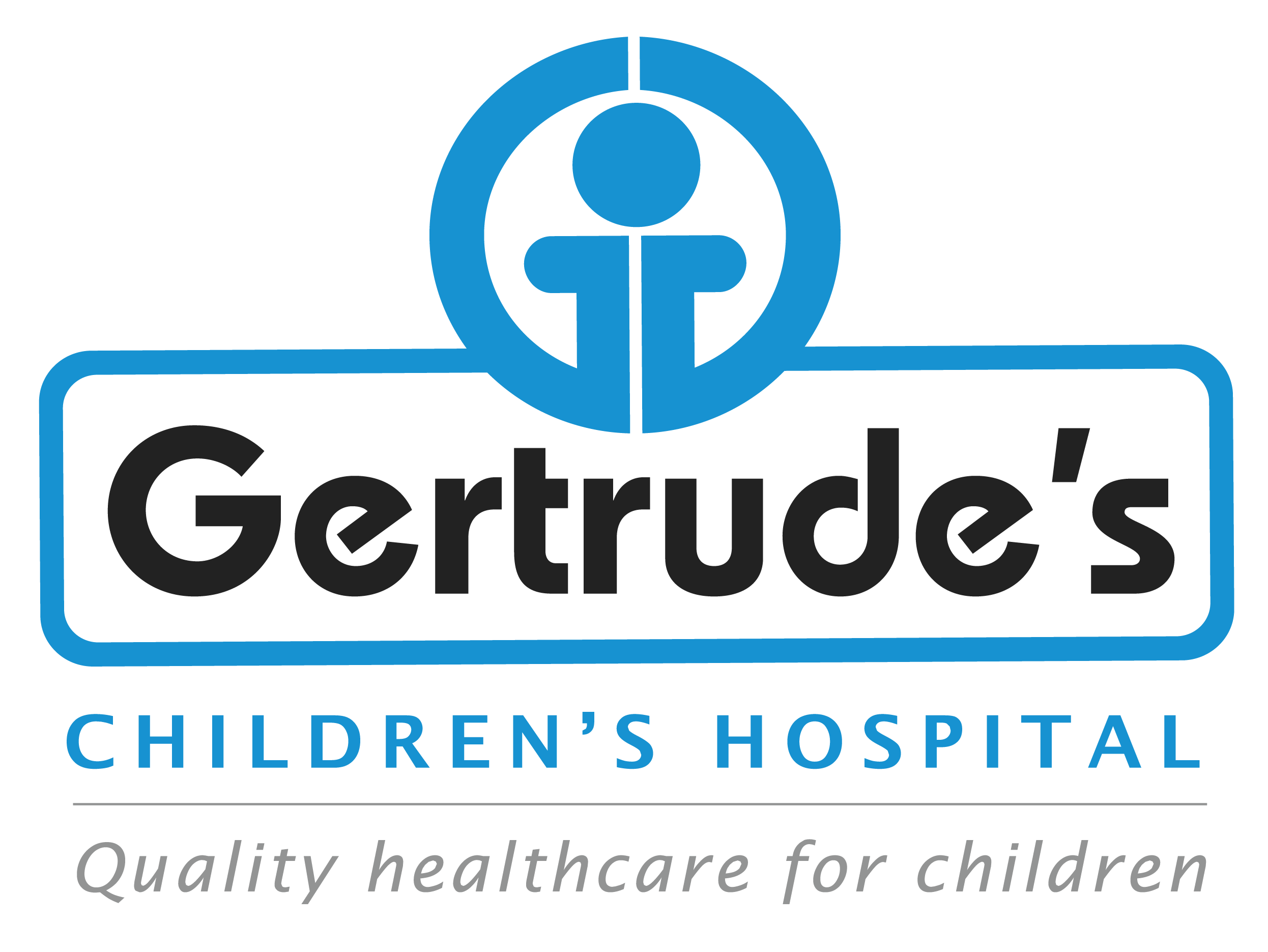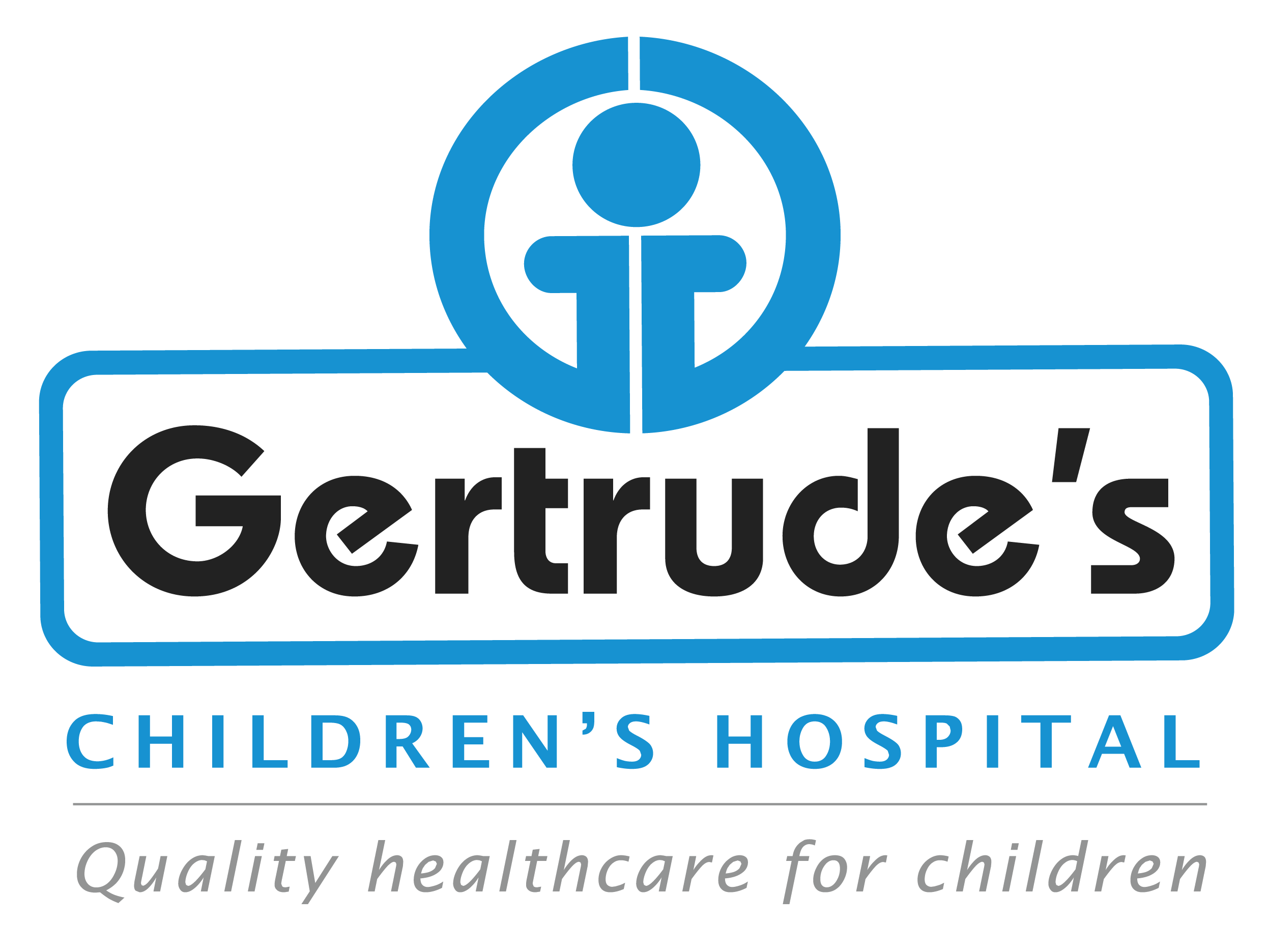An Odontogenic Myxoma is a rare, non-cancerous tumor that grows in the jaw, usually where teeth are. It can be aggressive and damage surrounding bone if not treated properly. It can occur in both the upper and lower jaw, but is slightly more common in the lower jaw.
Symptoms
At first, you might not notice anything. But as the tumor grows, you might experience:
• Swelling or a lump in the jaw
• Teeth moving out of place or changes in your bite
• Pain or discomfort in the affected area
• Feeling of pressure or fullness
• Swelling or a lump in the jaw
• Teeth moving out of place or changes in your bite
• Pain or discomfort in the affected area
• Feeling of pressure or fullness
Causes
We’re not entirely sure what causes Odontogenic Myxomas. They might develop from tooth tissues during growth, but we don’t know of any specific risk factors.
Diagnosis
To diagnose, we:
• Examine you clinically
• Use X-rays, CT scans, or MRIs to visualize the tumor
• Take a tissue sample (biopsy) to confirm the diagnosis
• Examine you clinically
• Use X-rays, CT scans, or MRIs to visualize the tumor
• Take a tissue sample (biopsy) to confirm the diagnosis
Treatment Options
Treatment depends on the tumor’s size and location:
• Surgery: Remove the tumor with some healthy tissue around it. This can be:
• Enucleation: Removing the tumor with minimal surrounding tissue
• Radical Resection: More extensive surgery to remove larger bone sections
• Less Invasive Options:
• Curettage: Scraping out the tumor (sometimes used for younger patients)
• Ethanol Ablation: Injecting alcohol to shrink the tumor (a newer technique)
• Surgery: Remove the tumor with some healthy tissue around it. This can be:
• Enucleation: Removing the tumor with minimal surrounding tissue
• Radical Resection: More extensive surgery to remove larger bone sections
• Less Invasive Options:
• Curettage: Scraping out the tumor (sometimes used for younger patients)
• Ethanol Ablation: Injecting alcohol to shrink the tumor (a newer technique)
Frequently Asked Questions
Are Odontogenic Myxomas dangerous?
A: Benign, but can cause damage if untreated.
How long is recovery after surgery?
A: Several weeks; regular follow-ups are crucial.
Q. Can the tumor come back after treatment?
A. Yes, if not completely removed; ongoing monitoring is essential.
Contact
Please feel free to contact us with any general or medical enquiry by calling us.





